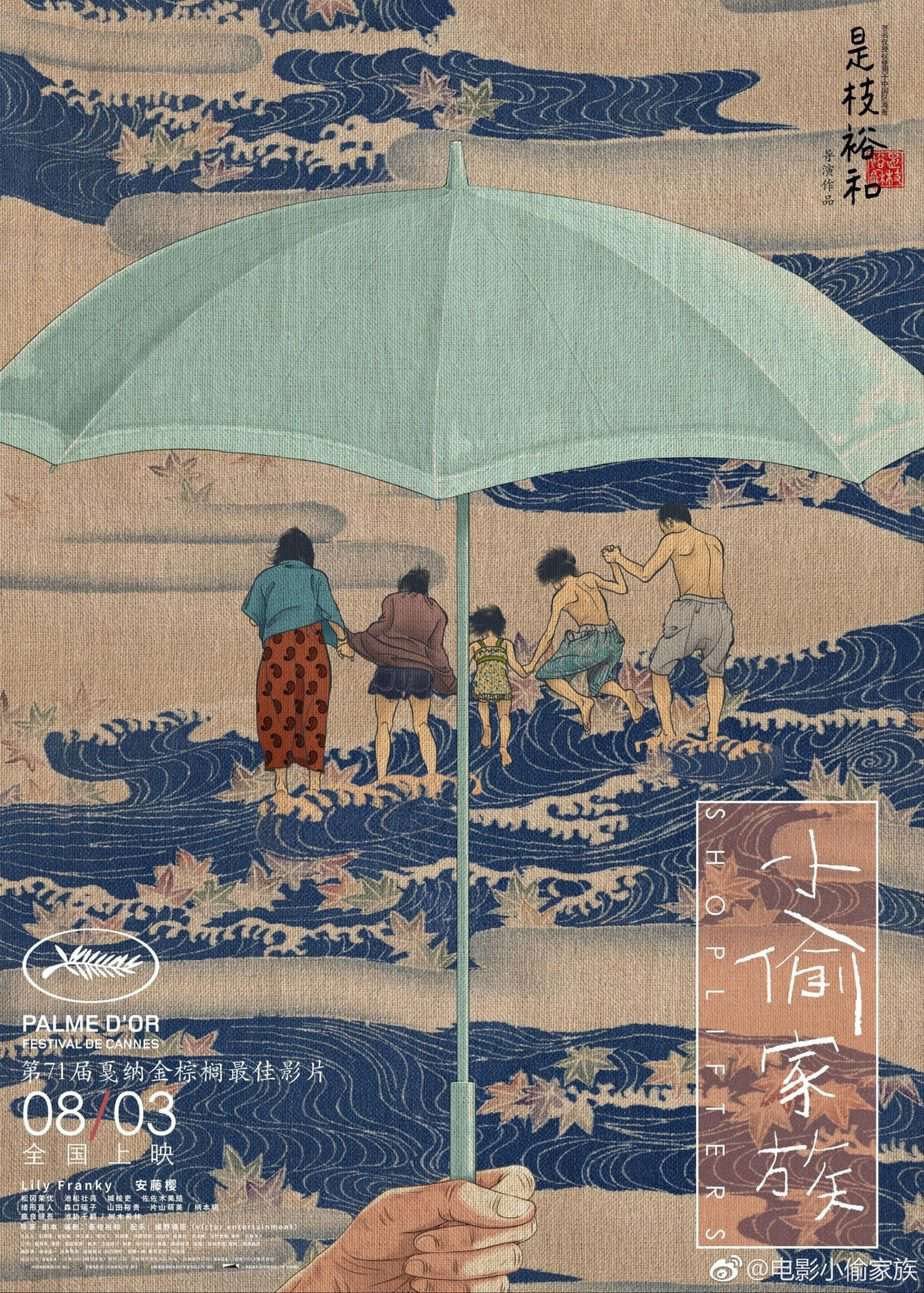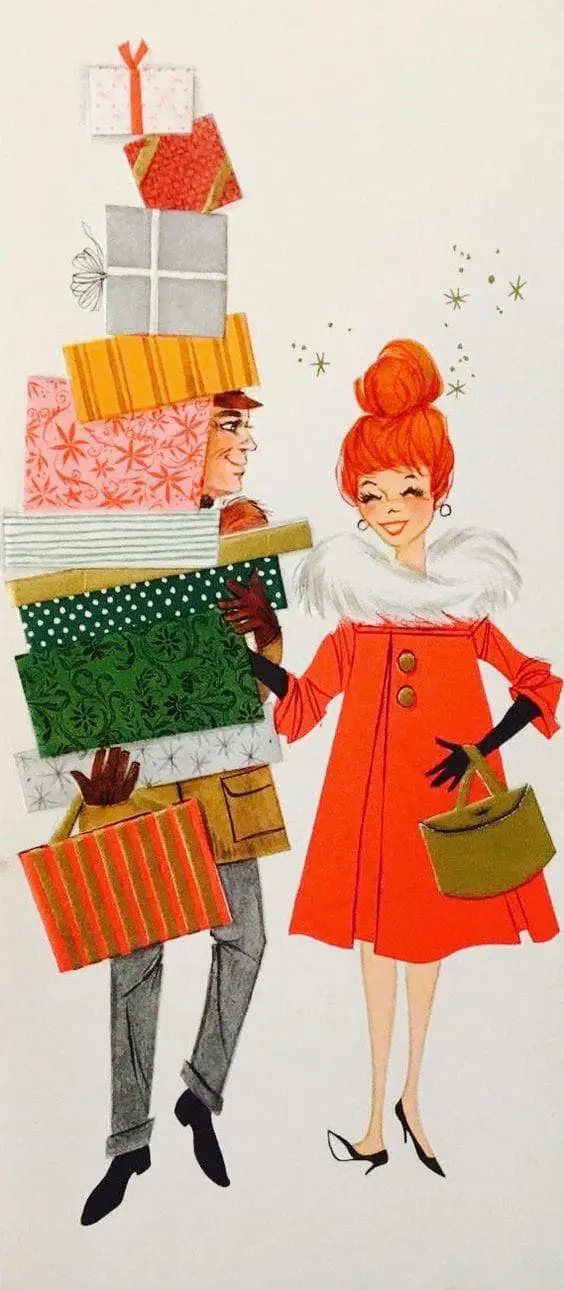Watch enough TV and you’ll likely draw the conclusion that women, especially housewives with significant personal problems commonly relieve psychological pain by shoplifting. It’s rare to find men shoplifting for the buzz. Also in fiction, teenage girls shoplift as a hazing ritual, and to own prized items (mostly body adornment items) they couldn’t otherwise afford. Shopping, in general, is considered a feminine pastime. Generations of gags are built on this premise.
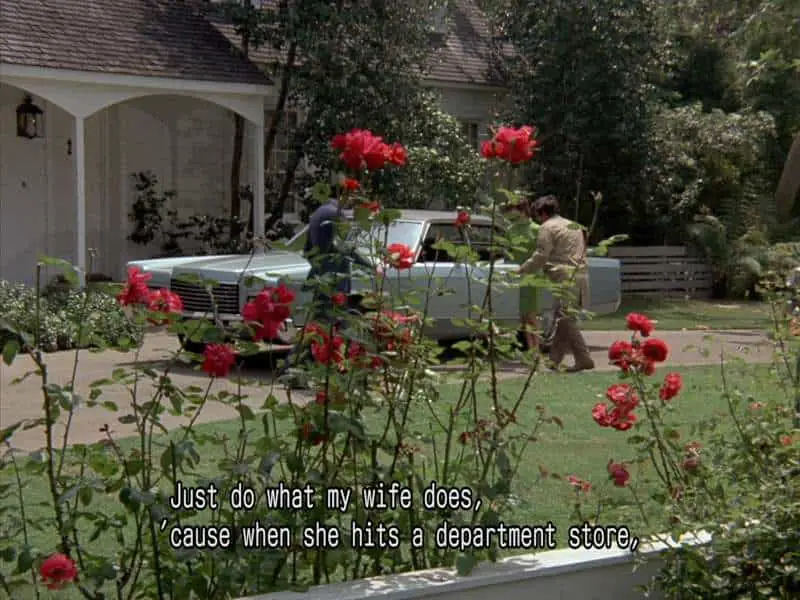
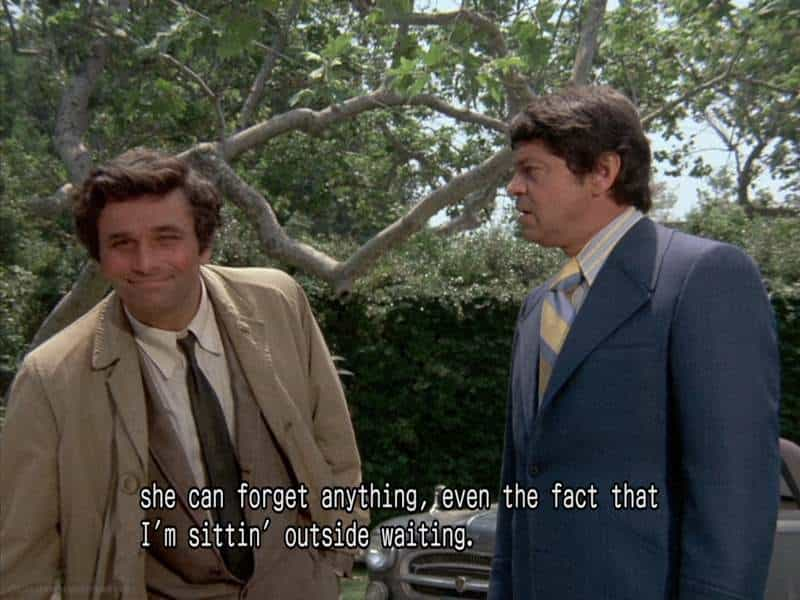
How does this compare to real life stats on shoplifters? Shoplifting is not gendered in the way of fictional tropes. There’s a strong link between shoplifting, anxiety and addiction. When it comes to kleptomania, two thirds are women. For a similar buzz, men are more likely to turn to gambling than shoplifting. Both gambling and shoplifting are impulse control disorders.
The Pact is an interesting example of a story in which a female character has a shoplifting disorder while a male character has a gambling disorder. In this case, the shoplifting is akin to a hoarding problem.

Nor is shoplifting a crime of young people. However, most adults who shoplift probably started in their teens.
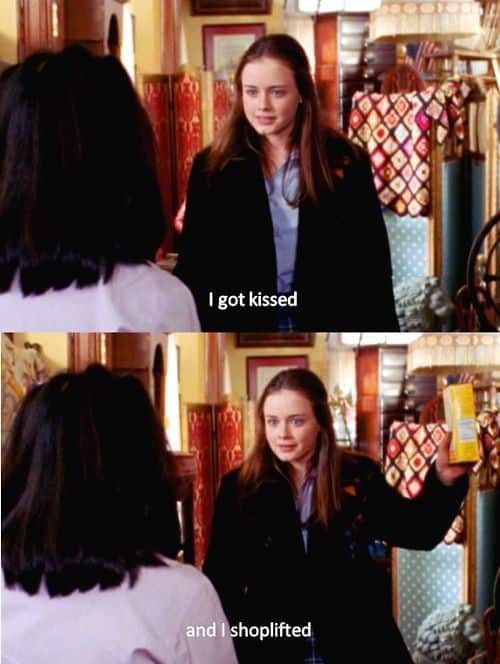
Shopping itself is a heavily gendered activity. Men spend just as much money as women do in shops, but because the job of shopping (groceries, clothing etc.) is the job of the person running the household, it is mostly women we associate with shopping. Men are doing less shopping work, but when they do shop, they buy big, expensive items (computers, cars etc.)
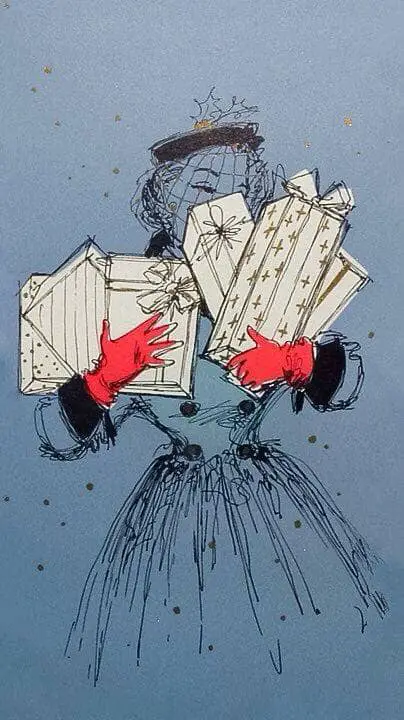
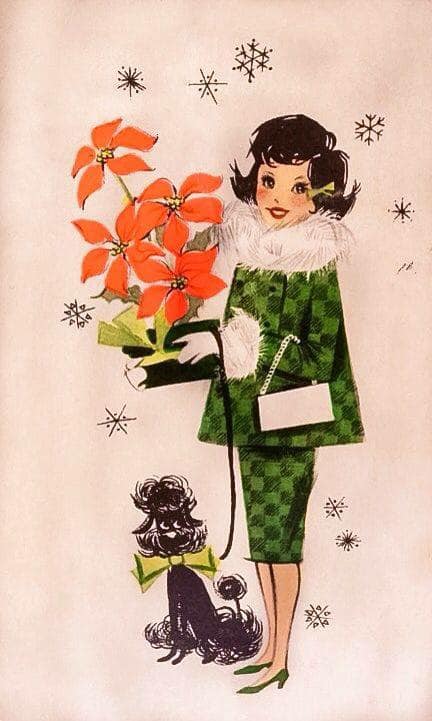
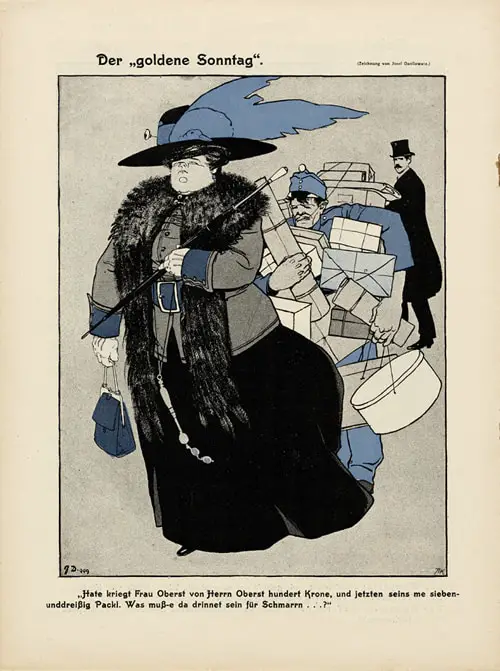
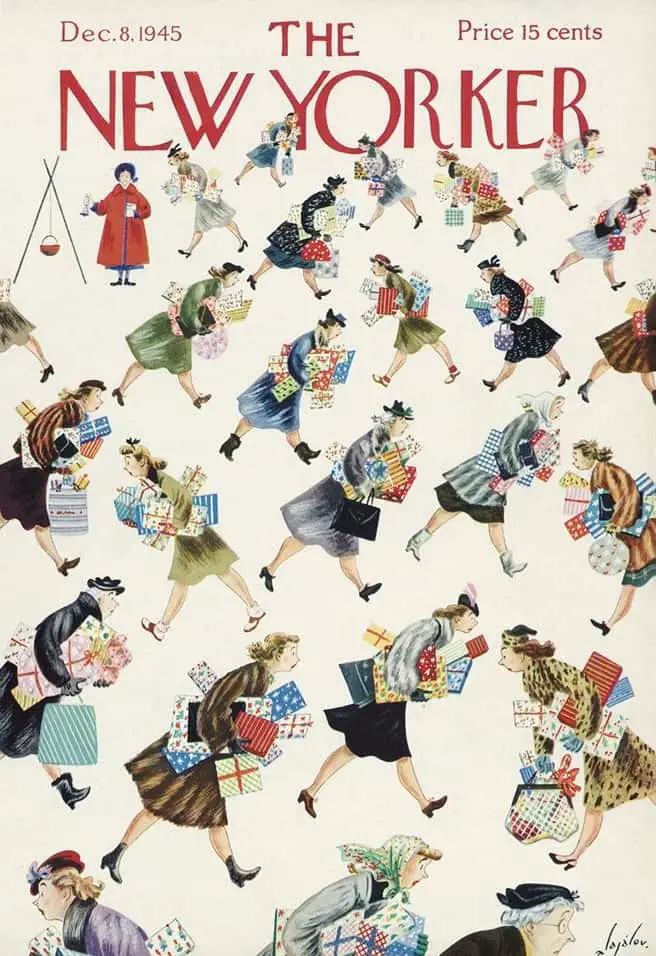
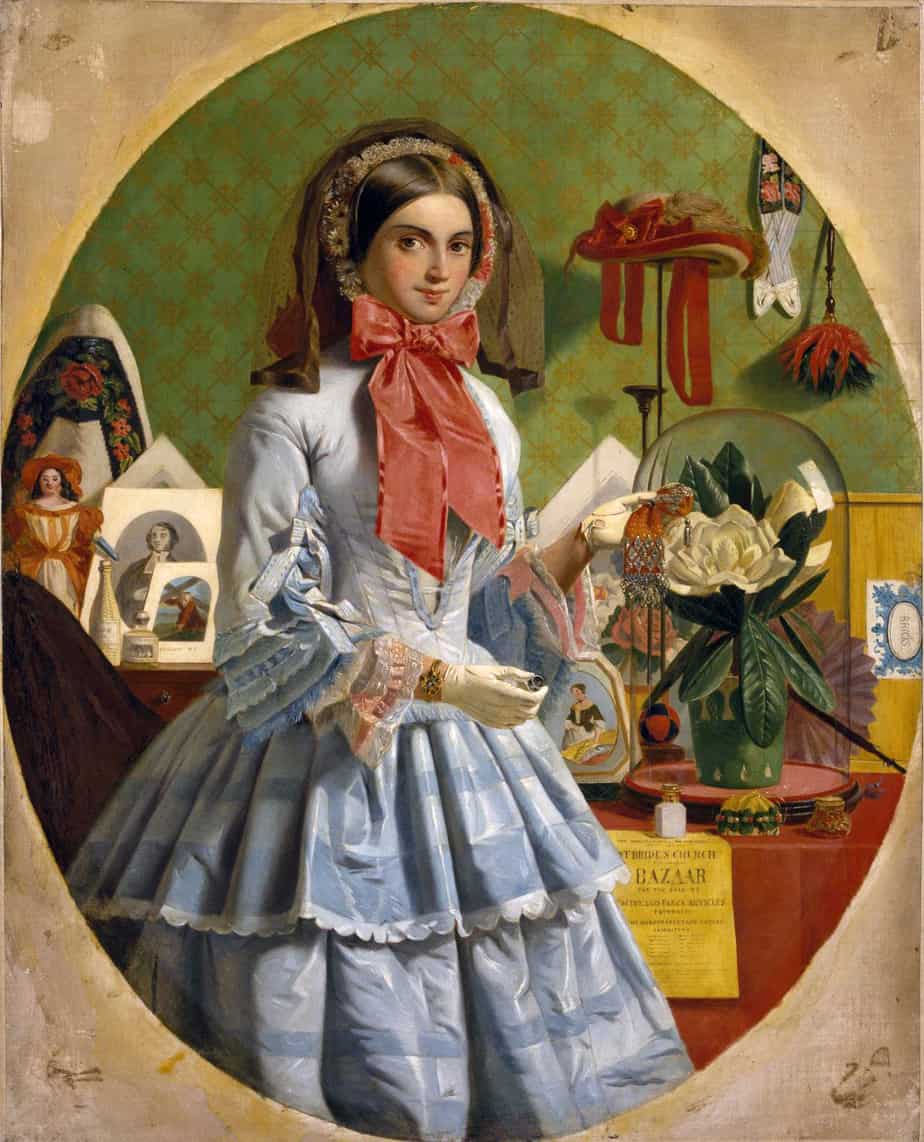
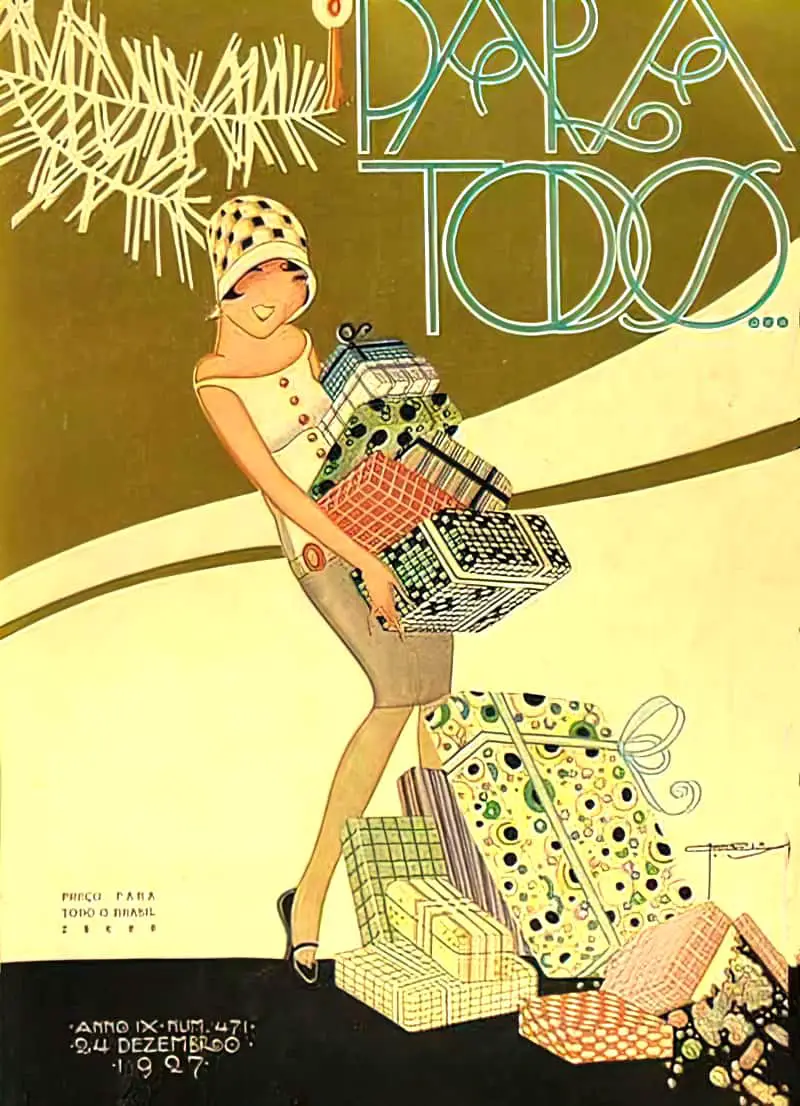
Real life examples of shopping and shoplifting aside, I’ll take a closer look at how women shoplifting is used in popular storytelling to advance the plot, or to convey something to the audience about character. In all three examples below, the women and girls are shoplifting body adornment items. Shoplifting scenes in which characters steal necessary items in order to survive are a different thing entirely. That kind of shoplifting exists at a different spot on the morality spectrum.
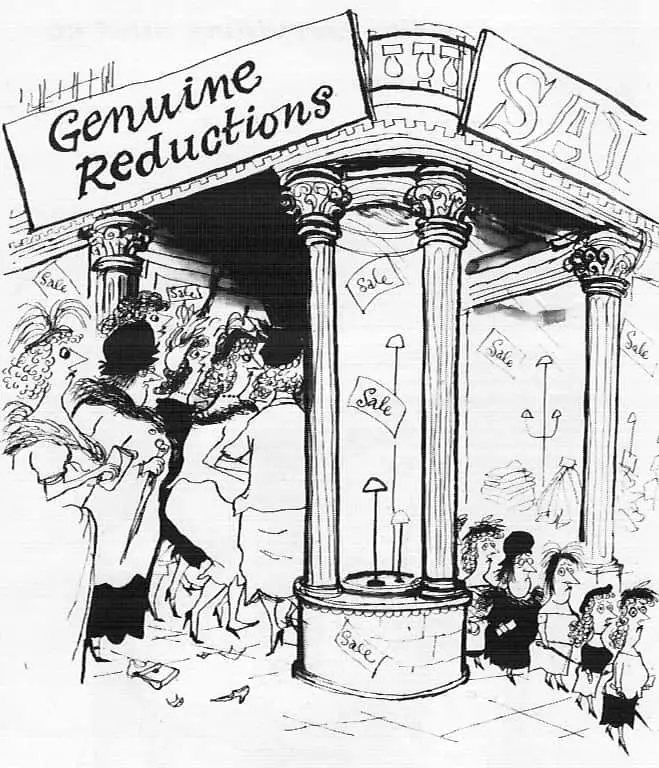
CASE STUDY ONE: MARIE IN BREAKING BAD
In the clip below, we learn that Hank’s wife Marie is a shoplifter. She impulse steals a pair of sparkly purple shoes. (Marie is strongly associated with the colour purple throughout the show.)
Later, Marie will shoplift a princess crown for Skyler’s new baby, and also a spoon from an open home. Marie is very clearly trying out a new identity.
One problem experienced by the writers of Breaking Bad: An astonishingly small cast of characters. Take almost any other series running the same number of seasons and you’ll find the writers have many more characters whose arcs they can explore. I feel that Marie’s strange shoplifting arc was a strange and unnecessary addition, when the writers already faced a woman problem.
That said, Marie’s shoplifting subplot does mirror the ‘other self’ of Walter White. Both Walt and Marie are objectively good at being a spouse. They both feel confined by the house (or their spouse). Hank is a cranky husband who requires Marie to walk on egg-shells around him. This slightly menacing aspect of Hank is emphasised during Marie’s shoplifting scene, in which Marie calls Hank as Hank barks instructions at some men he and his partner have just arrested.
Marie’s anxiety about Walt Junior’s smoking of pot comes across as busy-body interference, and juxtaposes against Hank’s drug bust for its snigger-inducing inconsequence. “What, you want me to tell him about marijuana overdoses?” Hank says dismissively before pacifying his wife.
It is fitting that Marie shoplifts impractical but beautiful high heels, leaving behind her flat, sensible work shoes. The adornments of women are commonly positioned as frivolous (at best) and actively deceptive (at worst).
CASE STUDY TWO: RUTH IN SIX FEET UNDER
In “The Eye Inside” episode of Six Feet Under (Season Three, 2013) Ruth Fisher meets Bettina, who is helping Ruth’s hippie sister Sarah to detox from a Vicodin addiction. Suddenly free from the strictures of ladyfriend and mother, Ruth is now in a world entirely different from her usual one. She even tells Bettina she has never been brave enough to sit in a hammock before.
While the sister remains tied up in bed to scream and detox in “peace” (a moment of dark humour), Bettina accompanies Ruth shopping and tries to persuade Ruth to update her wardrobe. Ruth is initially shocked to witness Bettina yank the price off a branded scarf and tuck it discreetly into her handbag.
Bettina explains to Ruth that the wonderful advantage of turning into a middle aged (white) woman is that you are now completely invisible, including invisible to law enforcement. This follows on from the juxtaposition of Sarah explaining in pathetically unfeminist terms that she got hooked on Vicodin because of the tragedy of losing her youth and beauty. Bettina has decided to embrace the advantages of invisibility.
Initially shocked, by the end of the shopping expedition, Bettina has successfully persuaded Ruth to join her in crime. Together, Bettina and Ruth steal Ruth a red lipstick.
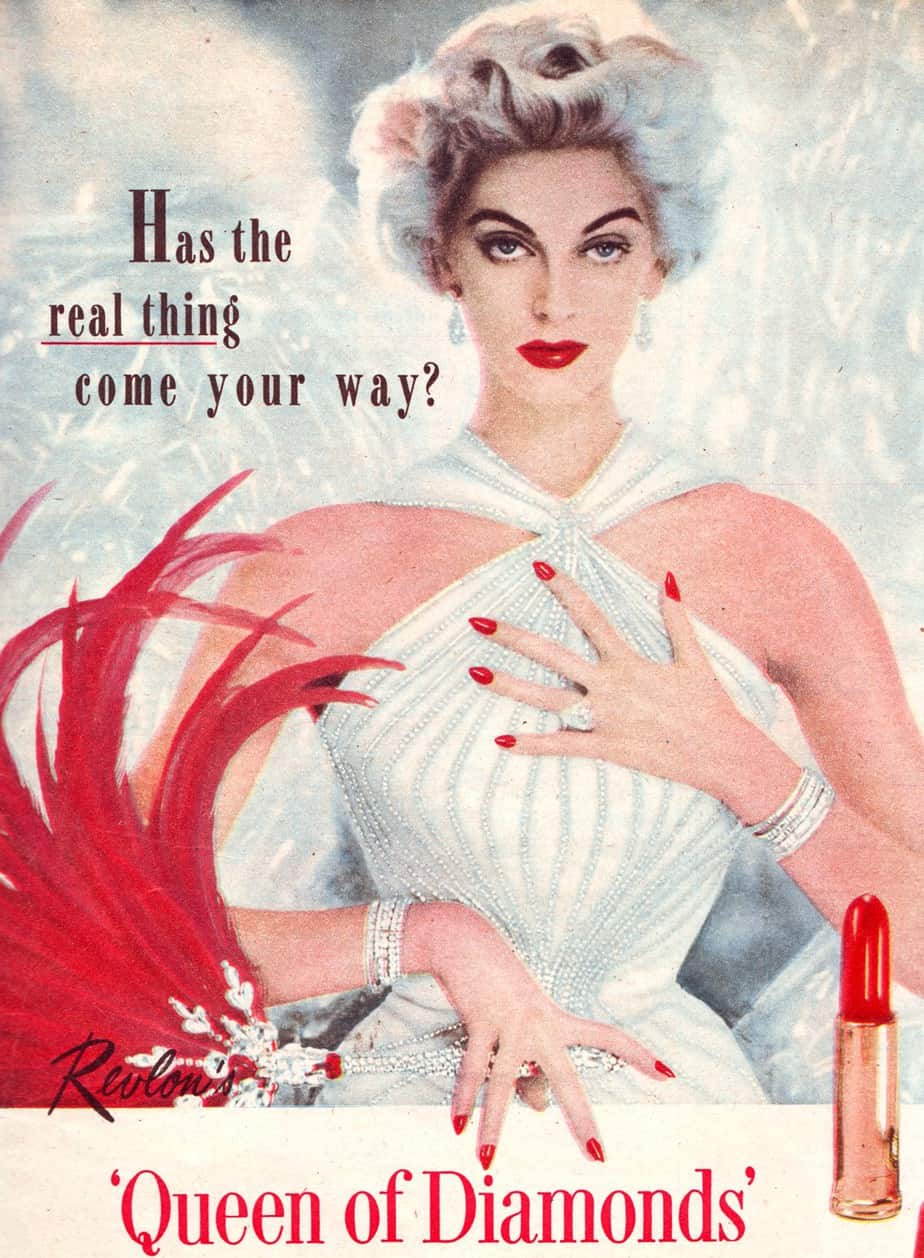
The lipstick is called ‘Flirtation’ and, very similar to the purple, sparkly shoes stolen by Marie in Breaking Bad, is a symbol of youthful feminine sexuality. These middle aged women are symbolically ‘stealing’ back some of their youthful vibrance. They steal because they are invisible, but they steal the very items which, we deduce, aim to make them visible again.
In Six Feet Under, the death at the beginning of each episode will link to the character growth in one or more of the Fishers (and their extended families). In “The Eye Inside”, Ruth’s shoplifting arc opens with the death of Callie Renee Morimer, who flees a group of jeering young men calling to her as she walks alone in the dark. The young men turn out to be a group of joking friends, but Callie is struck down by a speeding vehicle. In their eulogy, the young men reveal they have never considered before that a friend, so brave in other ways, could also be so scared of men in the dark. This 2003 episode preceded the #metoo movement. This would have been a revelation to much of the audience, conveying a feminist message akin to Bettina’s.
The dead girl of this episode was unpleasantly invisible in the darkness, and also completely invisible; her invisibility led directly to her death. As Bettina successfully convinces Ruth, invisibility is useful, but also a kind of death.
Meanwhile, in a thematically mirrored plot involving David and Keith, David worries about seeming too visibly gay in front of straight couples.
In American TV drama Friday Night Lights, bad girl Tyra Collette takes coach’s good girl daughter Julie out shopping. Tyra’s ‘bad influence’ is signalled to the audience when Tyra tells Julie she’ll look great in this lipstick, then stuffs it down the front of her jeans before leaving the store. Julie is horrified but powerless to stop her. The lipstick is not just a lipstick. It’s a symbol of adult sexuality.
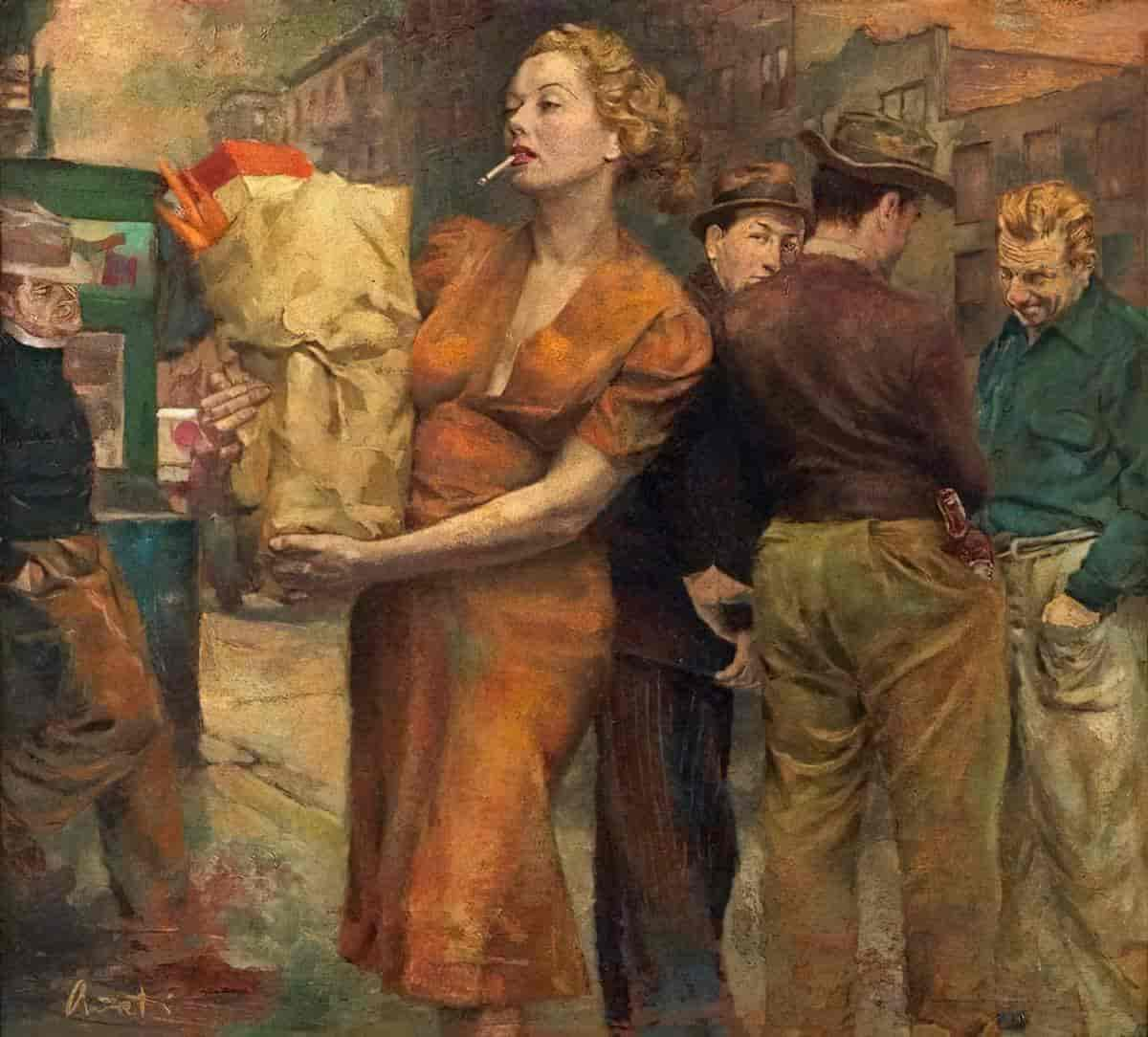
CASE STUDY THREE: THIRTEEN
In the film Thirteen (2003),Tracy Freeland becomes first a thief, then a shoplifter. This is a classic shoplifting scene involving young teenage girls. There is a hazing aspect to it. Tracy is literally buying popular and beautiful new friends, impressing them with her daring.
As in the two examples above, Tracy, Evie Zamora and Evie’s other friends are most interested in shoplifting items which will adorn their bodies and transform them into the sexy older women they aspire to be.
Teenage girls stealing clothes and fashion items in TV shows is standard fare. I’m sure this is partly why I was followed around stores as a teenage girl myself. Back in the 90s, shop assistants regularly barged in on you while you were trying on clothes in cubicles. (The Glassons at Riccarton Mall in Christchurch was terrible for that.) At least that particular awful rite of passage seems to have come to an end.
FOR FURTHER INVESTIGATION
This theatrical poster for the Chinese release of the 2018 Japanese film Shoplifters is divine.
